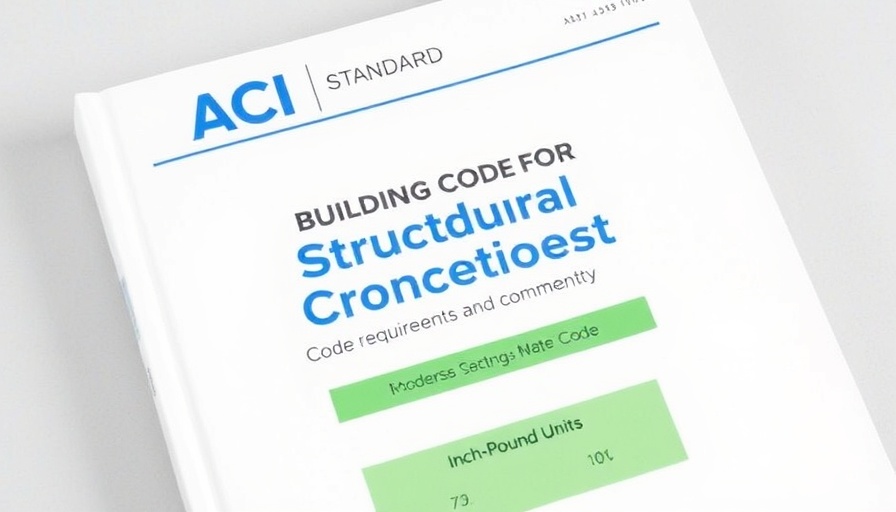
Justice Restored: The Case of the Wrongly Deported Worker
The US Supreme Court has made waves with its recent decision to allow the return of a union sheet metal worker who was mistakenly deported. This case, involving the union advocate and the complexities of immigration law, underscores the dire consequences that can arise from administrative errors. Imagine spending years contributing to a field only to have a clerical mistake strip you of your livelihood and community. This decision not only reinstates the worker’s status but also highlights the need for systemic improvements within immigration processes.
A Win for Workers' Rights
This landmark ruling serves as a reminder of the significant challenges that many laborers—especially those in sectors like commercial construction—face amid administrative systems that can sometimes appear faceless. Workers' rights advocates celebrate this outcome as a win for all those who contribute to the labor market but may find themselves vulnerable to errors. Furthermore, as our construction landscape grows increasingly diverse, the importance of supporting all workers regardless of origin must remain at the forefront of industry conversations.
Implications for the Construction Industry
From a practical standpoint, this Supreme Court decision shines a light on the precarious employment status many construction workers encounter. For commercial construction companies, the repercussions of mistakenly deporting a valuable team member are far-reaching—affecting project timelines, costs, and overall efficiency. Employers are reminded that investing in comprehensive training and resource guides can not only safeguard against legal missteps but also foster a more stable work environment.
Moving Forward: Lessons Learned
As we look to the future, this situation prompts reflection on how we assess and improve our immigration systems as they intersect with industry needs. Efficient and fair processing of workers' paperwork can mean the difference between a thriving construction project and one that stalls in the midst of red tape. For the sake of productivity, it is essential that the construction sector advocates for thoughtful reforms that balance workers’ legal standing and business operations.
What You Can Do
For commercial construction clients and companies alike, there’s a newfound impetus to engage with local immigration professionals and advocacy organizations. Being proactive in educating oneself and workers about the nuances of immigration laws can help prevent future damaging mistakes.
The Supreme Court has opened a door for conversation and reform, urging all involved in construction industries to take action and ensure their workforce is not only adequate but secure.
 Add Row
Add Row  Add
Add 




Write A Comment